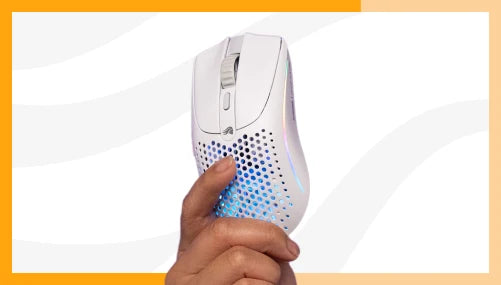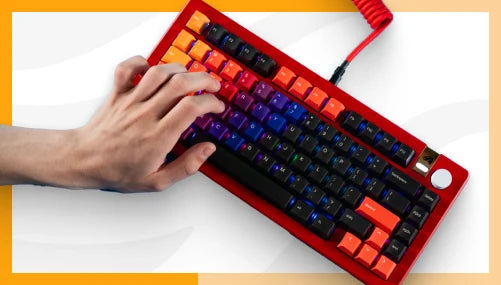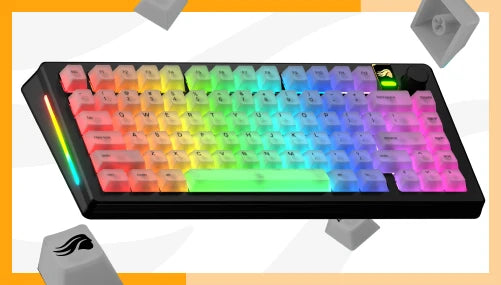Recently, POM plastic mechanical keyboard components are becoming more and more popular. Going onto Reddit’s mechanical keyboard subreddit, you will notice builds showing off POM plastic cases, switch plates, key switch housings, and keycaps. Vendors are now carrying these materials, displaying them as a potential alternative to traditional PBT or ABS plastics. In this article, we will discuss the pros and cons of POM plastic and why this material could find itself in your next build.
What is POM Plastic?
POM, or Polyoxymethylene, is a versatile polymer with a variety of engineering functions that makes it useful in a wide range of industries. POM can be found inside gears, showerheads, pumps, and more. The polymer is known for two key attributes: extreme resilience and a low coefficient of friction. It has excellent resistance to impacts, solvents, and moisture, and POM’s low friction properties reduce the potential for weathering over time.



